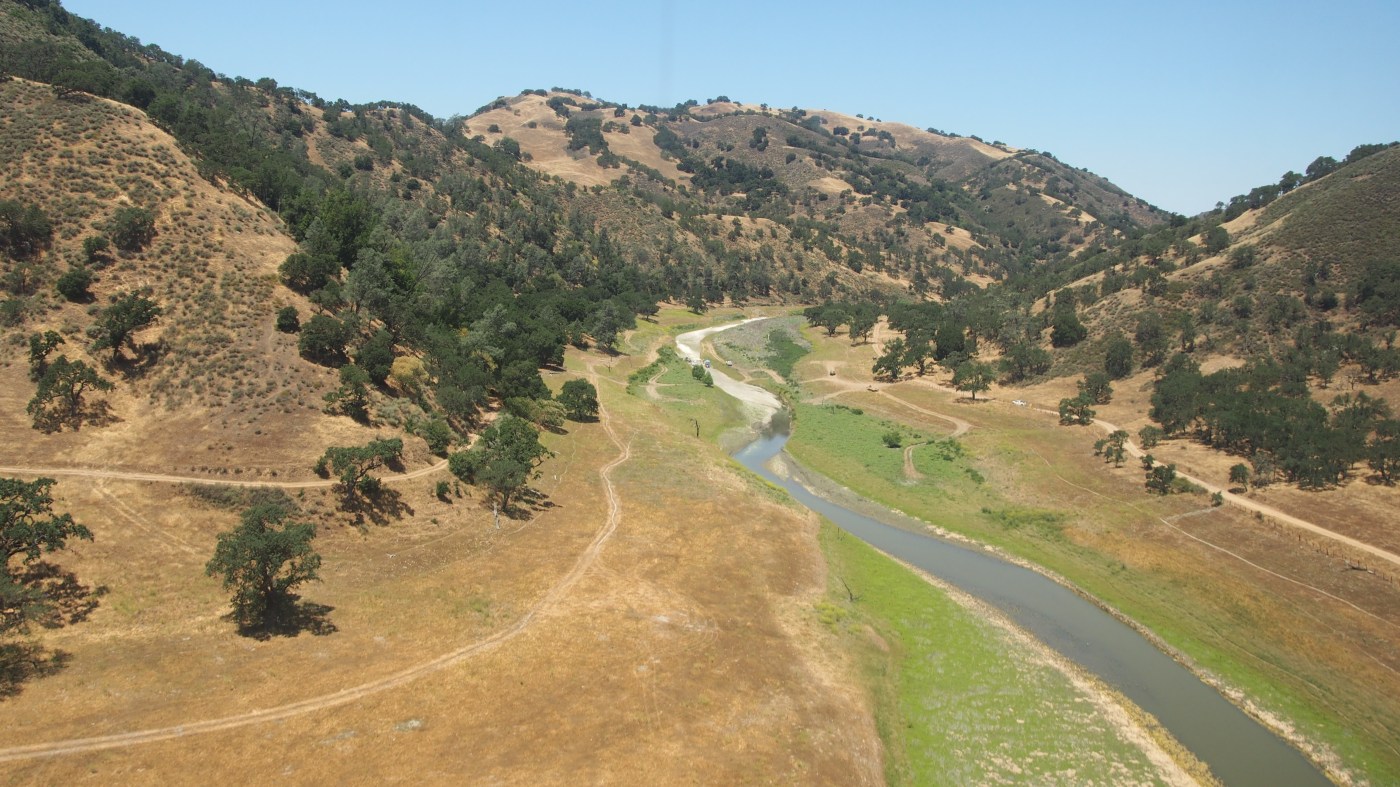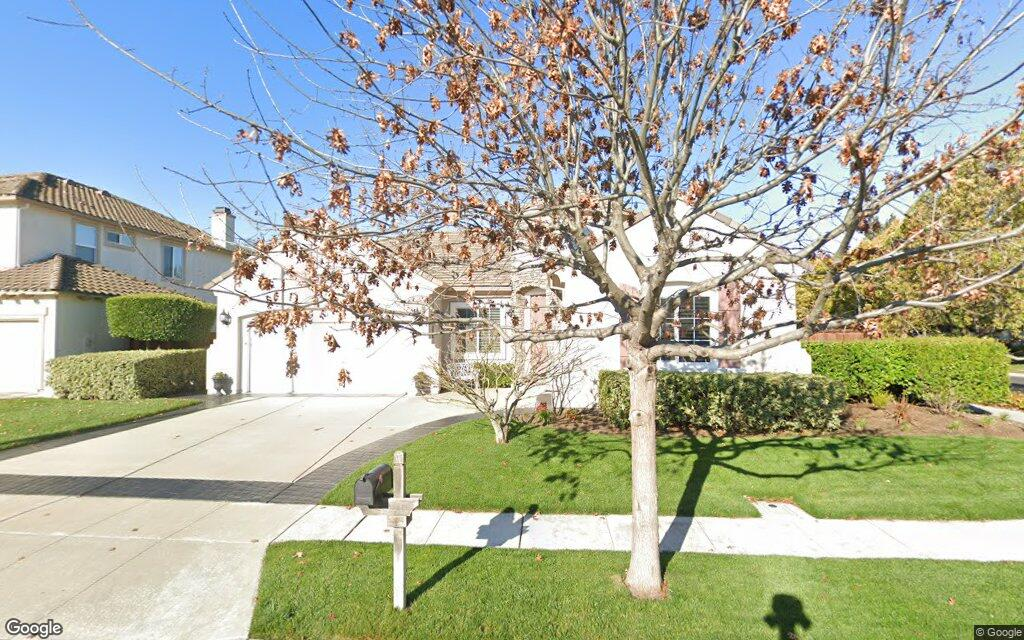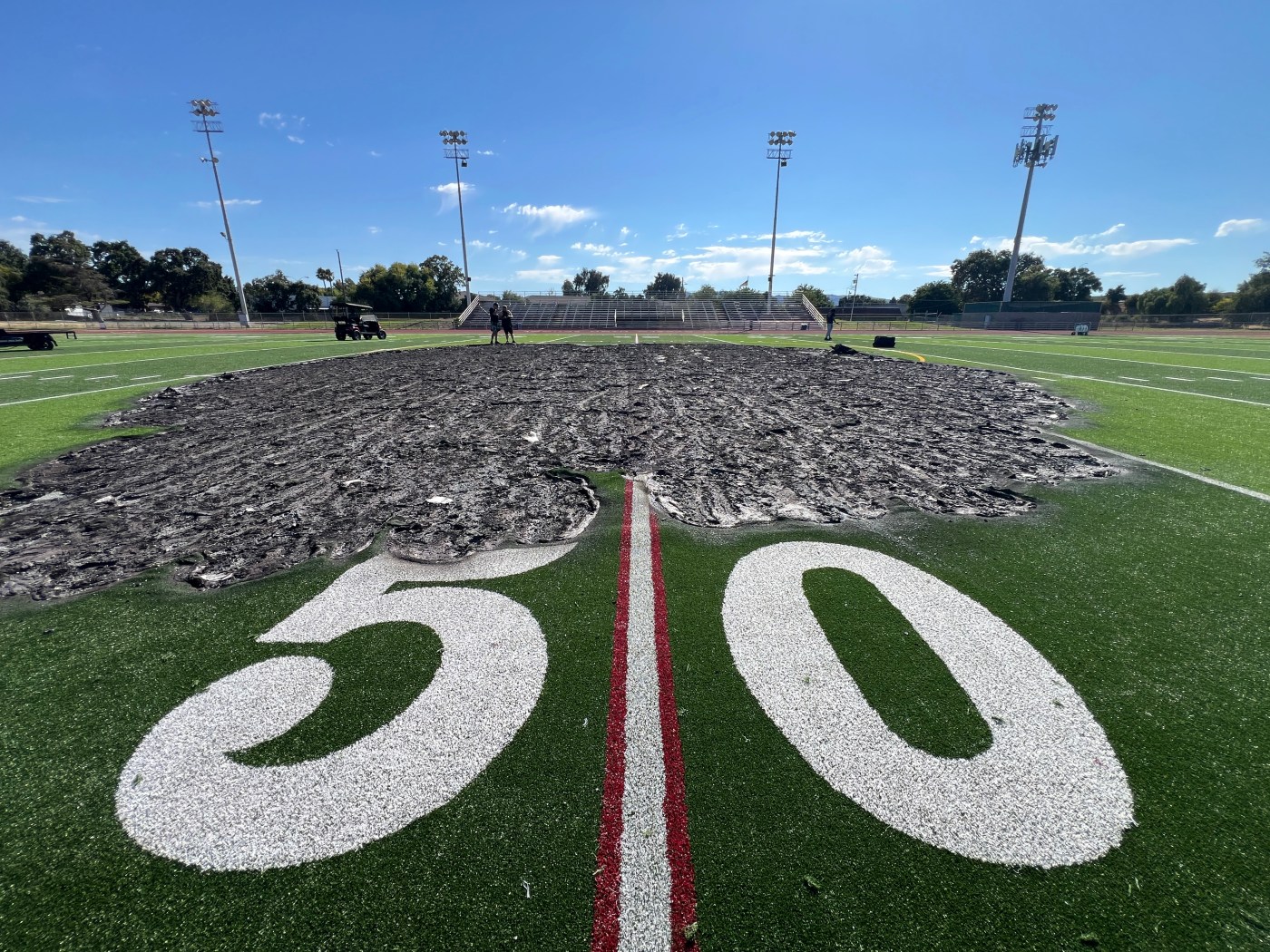Faced with new cost overruns that it feared would spike water rates, along with years of delays, threats of lawsuits and other setbacks, the board of Santa Clara County’s largest water agency on Tuesday voted to kill a plan to build a huge new reservoir in the southern part of the county near Pacheco Pass after eight years of studies and meetings.
The board of the Santa Clara Valley Water District voted 6-0 Tuesday afternoon to halt planning and engineering studies, and to withdraw the agency’s application for state bond funds for the Pacheco Reservoir project.
The reservoir — for which the agency has already spent $100 million in public funds on planning, enviornmental studies, engineering work, legal bills and other costs — would have been the largest new reservoir built anywhere in the Bay Area since 1998 when Los Vaqueros Reservoir was constructed in eastern Contra Costa County.
But soaring costs, the inability of the water district to find any other water agencies to help pay construction costs and share the water, and a decision last month by the federal Bureau of Reclamation not to allow water from federal projects to be stored in the reservoir, marked the end.
“These are very difficult projects,” said Tony Estremera, chairman of the Santa Clara Valley Water District. “It’s not something people do every week. We can do the engineering. We can engineer a project. But there has to be political willingness and there has to be funding available.”
In 2017, the district estimated the reservoir would cost at $969 million. By this year, the price tag had soared to $2.7 billion. On Tuesday, Darin Taylor, chief financial officer at the district, said tariffs and other costs would increase that price tag to $3.2 billion, not counting financing, which could cost an additional $3 billion.
With no partners interested to help cover those costs, the project could raise water rates for Santa Clara County residents by $20 to $27 a month for the average household, Taylor said, or up to $324 a year, with other cost increases beyond that likely.
“We can’t put this kind of pressure on our water rates,” Estremera said.
The district, a government agency based in San Jose which provides water to 2 million people, will continue to work on other alternatives, Estremera said, including expanding groundwater storage, boosting recycled water, and looking at projects to raise the height of existing reservoirs like Calero in Santa Clara County or the dam at San Luis Reservoir east of Gilroy.
Opponents, who have included San Jose Mayor Matt Mahan and U.S. Rep. Sam Liccardo, D-San Jose, said the project was impractical and unlikely from the start. The water district’s staff rejected the idea of a dam in the same location area 25 years ago due to unstable geology that could spike costs. The site would submerge a small part of Henry W. Coe State Park. The district’s own studies also showed that other options for expanding the water supply were cheaper.
“This is the right decision — analysis has consistently shown that Pacheco’s water storage potential simply doesn’t justify the high additional costs ratepayers would be forced to bear,” Mahan said late Tuesday. “We now have an opportunity to prioritize local investments in alternative solutions like water purification and recycling, conservation, groundwater recharge and perhaps one day even desalination.”
Environmentalists celebrated.
“We have come to a point where it seems like realities have become quite stark,” said Juan Pablo Galván Martínez, senior land use manager with Save Mount Diablo, in Walnut Creek. “We care about drinking water and natural resources and lands that are designated as protected. This project doesn’t yield the public benefits that its proponents originally envisioned.”
The collapse of Pacheco was years in the making.
In 2017, the district proposed building a 320-foot high dam on Pacheco Creek near Highway 152 and Henry Coe State Park. The goal was to obtain funding from Proposition 1, a state water bond that California voters passed during the 2012-16 drought to help pay half of the construction costs.
The new earthen dam on the North Fork of Pacheco Creek was to have been built 2 miles north of Highway 152, east of Casa de Fruta, replacing a small reservoir that has been there since the 1930s.
The new reservoir would have held 140,000 acre feet of water — enough for 700,000 people a year when full — and would have been filled mostly by piping in water from nearby San Luis Reservoir in wet years that the district buys from state and federal agencies.
But the project ran into setback after setback. The California Water Commission promised it $504 million, although it has only released $24 million so far. In recent months, the commission grew impatient with the slow progress, and inability of the district board to make a final decision on whether the project was going to move forward or not. Earlier this month, the commission chose to award additional money to other proposed water projects, most notably $219 million to the Sites Reservoir project in Colusa County, which has 22 other water agencies as partners, while giving no new funding to Pacheco.
The original Pacheco plan was to break ground in 2024 and finish construction by 2032.
In May, however, district officials told the California Water Commission that they still haven’t secured major permits needed to start construction, haven’t secured water rights, and only have completed 30% of the design. They said they wouldn’t be able to break ground until 2029 and wouldn’t complete construction until at least 2036.
They said the project had been slowed by lawsuits by environmental groups, discoveries of geological problems, and other issues. Some board members who had supported the project said it will be back again one day in the future.
“There are not enough dams in California,” said board member Dick Santos. “We have climate change. We have fires. Water is precious.”





